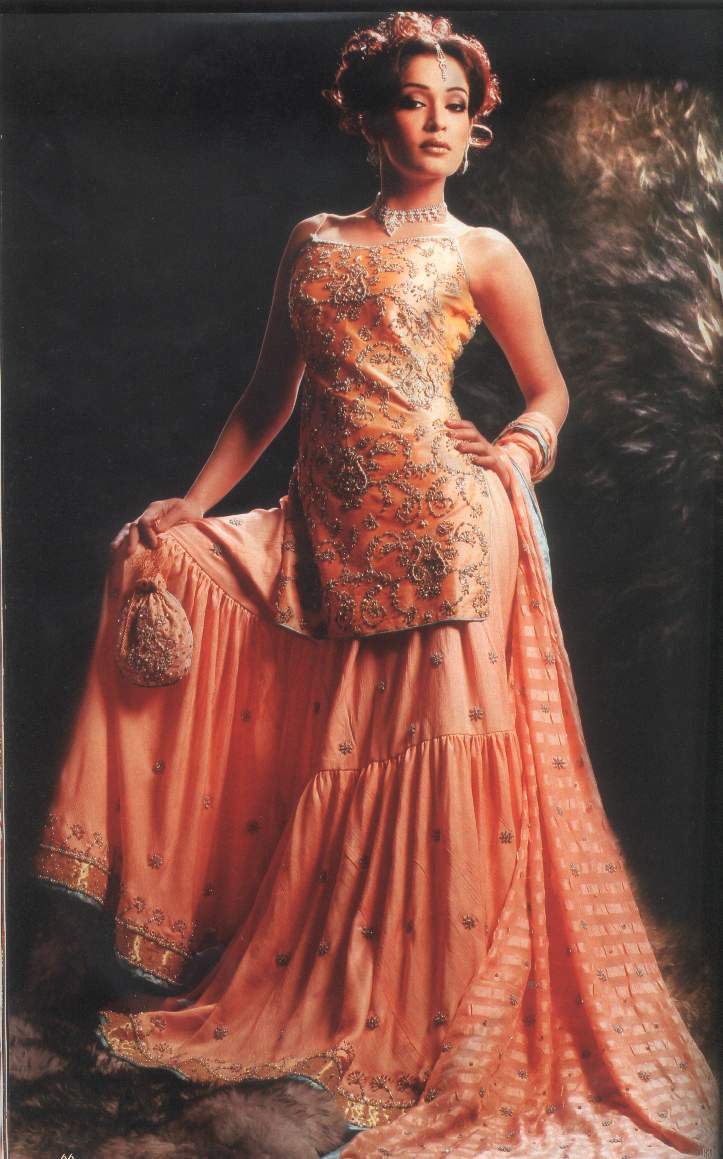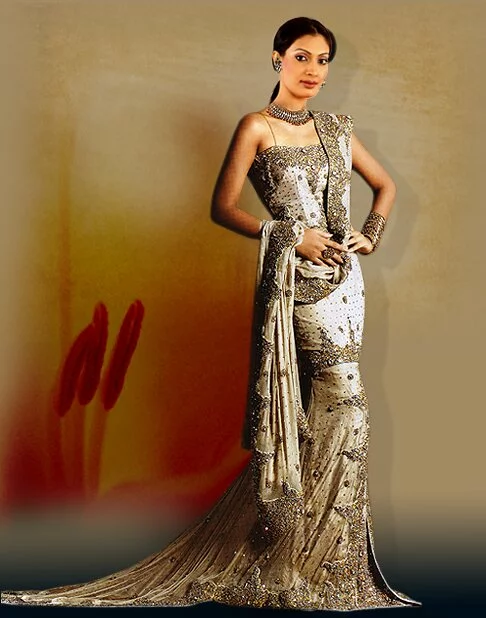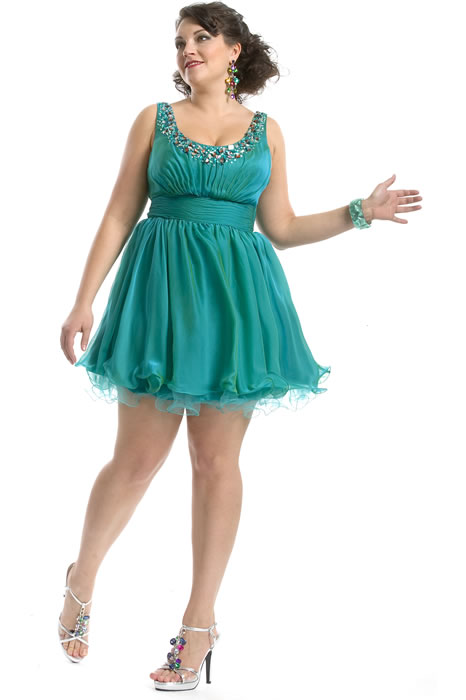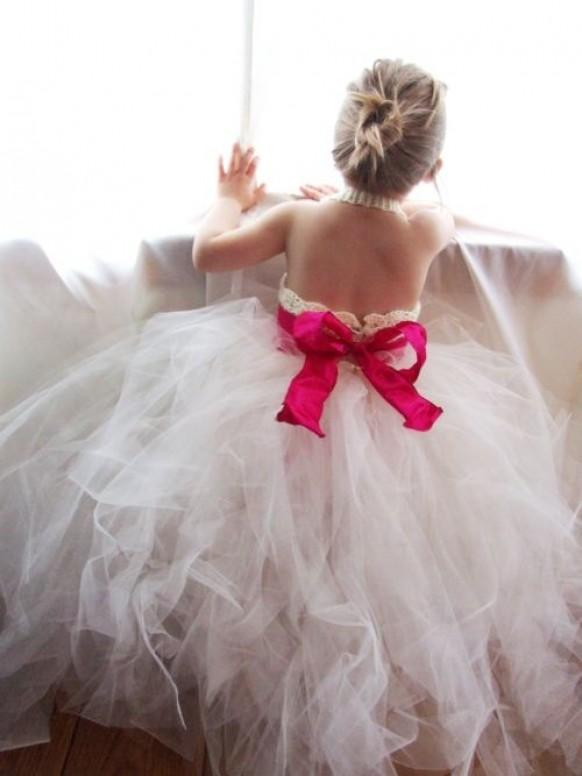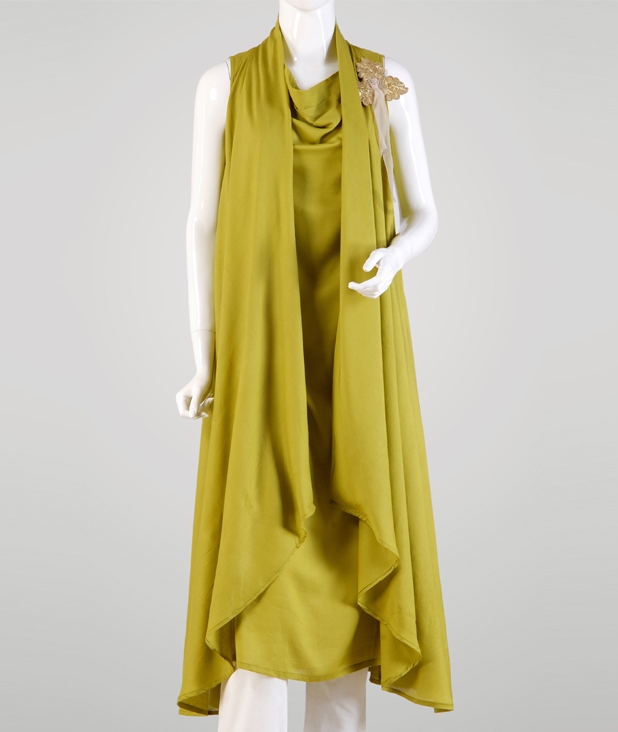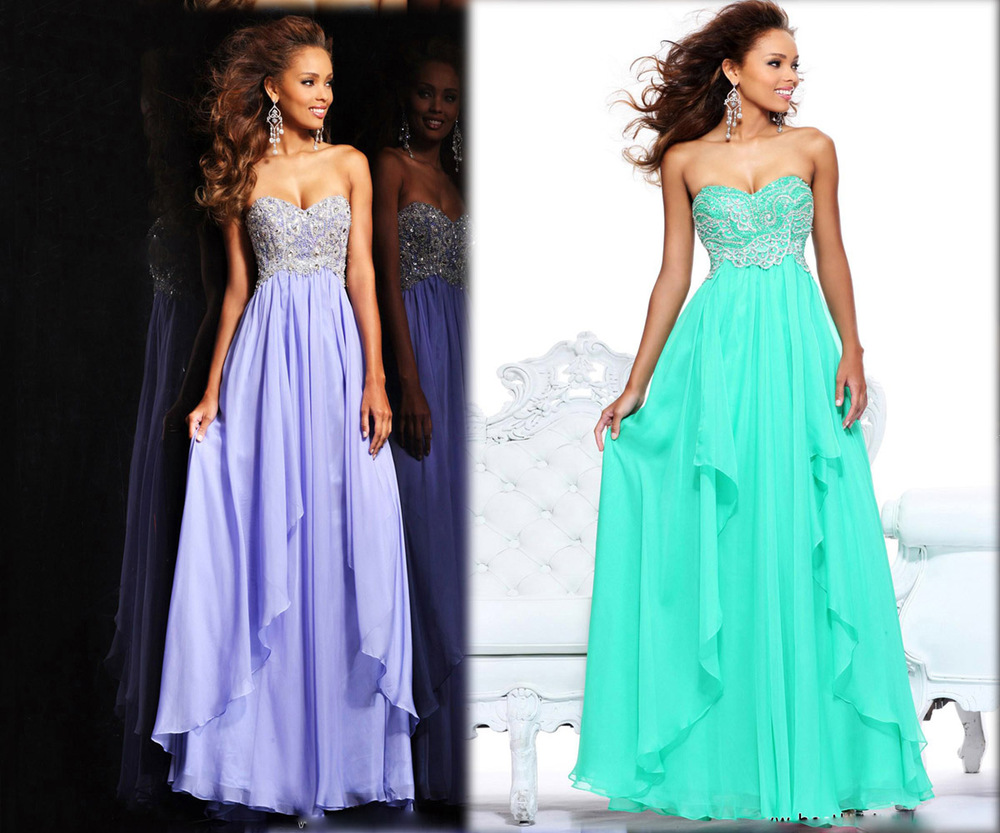Formal dresses for girls definition
(Google.com.pk)
From high school proms to formal college dances, from weddings to special family parties, every girl needs at least one good formal dress in her closet. It can be thrilling for a girl to find just the right dress that will flatter her figure and help her stand out from the crowd, while being perfectly appropriate for the occasion to which it is worn. The perfect dress can make her feel like the belle of the ball and can allow her to dance the night away. After being worn, that perfect dress is usually wrapped in plastic and stored away in a closet or an attic, never to be worn again. This is why buying a used formal dress makes a lot of sense, especially for a girl on a budget, as most people tend to be these days. By saving big on a formal dress, a girl can save herself some money that can be used to purchase the rest of her wardrobe. To that end, this guide presents information about the definitions of formal wear, and offers suggestions for what to look for when buying a used dress in brick and mortar shops or at online stores like eBay.
What to Consider When Buying a Used Formal Dress
Before purchasing a used formal dress, there are several important factors for buyers to consider, including the level of formality of the occasion for which the dress will be worn, which style will flatter the body type of the wearer, and specifics about which fabric, length, or brand is desired. There are thousands of used formal dresses that are available for purchase online, and having these factors in mind while shopping can help to ensure a satisfactory purchase. Many gorgeous formal dresses can be found in the wedding section of a store or website. There are also great selections of vintage dresses, in which a girl can make a one-of-a-kind statement without breaking her bank.
The Occasion for the Formal Dress
Be sure to know just how formal the dress code for the special event when the dress will be worn is, to be confident that the chosen garment achieves the right level of dressiness. Check the invitation or event information carefully, and talk to others who are attending to get an idea of what the expected parameters are. It is desirable to stand out from the crowd by wearing a spectacular and unique dress, but it is less desirable to stand out by wearing a gown that is either too formal or not formal enough.
For black tie events, a long gown is desired. Most proms and special college dances are semi-formal, so a shorter cocktail-style dress will also be acceptable. Stay away from dresses that are too sexy or revealing, so as not to distract from the specialness of the occasion.
Style to Flatter Each Body Type
There are beautiful used formal dresses that are available to flatter every body type, from angular figures to curvy ones. A form-fitting body-conscious dress may look good on a straight figure, and a one-shoulder style will provide a dramatic silhouette. For a pear-shaped body (fuller at the hips and the rear and smaller on top), a strapless gown will enhance the upper body, and an Empire style will emphasize the waist. A curvy, hourglass shape looks great in a sheath, and girls with a full bust will benefit from a halter style. See the chart below for definitions of different dress styles and suggestions on the best body type for each.
Fabric of the Formal Dress
Formal dresses are available in a wide range of fabrics. Consider comfort as well as appearance. Cotton dresses are the most comfortable, but they may not look special enough for a formal occasion. Modern manufacturers have developed polyesters that are sleek and stylish, but that are still easy to maintain. Classic satin, silk, lace, and velvet are always good choices, depending on the season. A chiffon dress can provide an airy, flowing look, and sequins can turn a plain dress into an elegant gown.
Length of the Formal Dress
The length of a formal dress can convey the specialness of the occasion, with full-length dresses being considered the most refined and elegant type. An above-the-knee or mini dress can still be appropriate, as long as it is not too revealing. Knee-length or mid-calf dresses can show off a shapely leg without danger of impropriety. There are also asymmetrical hems that provide a dramatic look.
Formal Dress Brand
Brand loyalty can be a consideration when searching for a used formal dress. If a girl has a favorite designer whose creations look and fit just right, it is likely that she will be able to find a used dress made by that name. Popular designers range from Adrianna Papell to Alfred Angelo, from David’s Bridal to Michaelangelo.
Styles of Formal Dresses
Choosing a formal dress depends on more than just the particular occasion and the current fads. There are so many styles from which to choose that it is a good idea to consider which style is recommended for the body type of the girl who is going to wear it. The chart below defines several of the most popular silhouettes of formal dresses, as well as which body type is most flattered by that style.
Dress Style
Definition
Body Type
Ball Gown
Ball gowns are fitted at the bodice with a very full skirt. They are the most formal dress silhouette and are usually reserved for the dressiest occasions.
They are best on tall to average-height girls, because the full skirt cuts the line of the body in half. They also hide full-size hips and legs.
Empire Waist
An Empire waistline is above the natural waist, sometimes as high as right below the bust.
An Empire waistline is best on petite or pear-shaped figures because it creates the illusion of length and camouflages a bottom-heavy figure or a thick waist.
Maxi
A maxi dress is a long dress, reaching to the ankle or to the floor.
They look good on any body type. They can be loose and flowing or tight and body-conscious to flatter any figure.
One Shoulder
On a one shoulder dress, the bodice extends up on only one shoulder, with the other shoulder and arm left bare. The straps on the one shoulder can be made of any width, and the single sleeve can be found in any length.
Their asymmetry can flatter any body type. They are especially good for emphasizing beautiful shoulders, necks, and toned arms and can be sexy and modest at the same time.
Halter
A halter dress consists of two pieces of material that meet behind the neck with a hook or a tie. They feature thin straps that tie to draped fabric that crosses at the collarbone and meets behind the neck.
They look good on any body type by calling attention to the upper half of the body, including the bust, the shoulders, and the face.
Sheath
A sheath dress fits close to the body and is relatively unadorned. They are usually found in lengths that fall at or just above the knee.
They look best on straight or hourglass figures.
A good understanding of the different styles of formal dresses that are available, and recommendations of which style looks best on which body type, can help any girl who is shopping online make a decision about which formal dress is right for her.
Formal Dresses for Little Girls
Many little girls love to dress up, and shopping for just the right dress for a little girl to wear for a special occasion can be great fun for a parent and daughter to do together. Since little ones outgrow their clothing so fast, it is wise to buy a used garment. There are hundreds of affordable used formal dresses for girls on eBay, ranging from size 3 through 12, in all kinds of styles. It will be helpful to consider the level of formality of the event to which the dress will be worn, as well as the girl’s personality and willingness to wear dressy clothes carefully.
Finding and Buying Used Formal Dresses on eBay
Although there is an abundance of brick and mortar shops that sell used formal dresses, from boutique consignment shops to thrift stores, girls will find the greatest selection, best prices, and easiest purchasing at online sites like eBay.
Searching for Used Formal Dresses on eBay
It is very easy to find just the right used formal dress on eBay. Begin on any eBay page and simply type "used formal dresses" into the search bar. You will land on a page with thousands of results, which can be overwhelming, so you can refine your search by clicking on the Category filters. Then, you can narrow the selection further by clicking on the size type that you are looking for (such as Regular, Juniors, Petites), the size number, the condition, the desired price range, or even particular sellers. You can select the style (like ball gown or Empire waist), the color, the material (such as silk, chiffon, or velvet), the brand, or the length of the dress that you want.
If you know the specifics of the used formal dress for which you are shopping, you can begin with an even more carefully targeted keyword search. For instance, if you know that you want a dress made from blue lace, type "blue lace used formal dress" into the search bar on the homepage and you will go directly to a results page full of items from which to choose. Alternatively, if your dream dress is strapless and sprinkled with sequins, search for "strapless sequin used formal dress" and go from there.
Purchasing Used Formal Dresses on eBay
Before you make a purchase on any Internet shopping site, it can be helpful to learn about the seller. On eBay, merchants that have a strong, successful selling history display the Top Rated seller ribbon, so looking for that icon can help you to identify a reliable seller. Additionally, you can learn more about each merchant by reading the feedback comments from other buyers who have described their experiences with each seller. If you want more information about a particular product, you can click on the Contact Seller link and ask your questions. Most sellers will reply quickly and are eager to help.
Conclusion
A formal occasion like a prom or a wedding is a big event in any girl’s life, and finding just the right dress to fit the occasion can ensure that she feels beautiful and confident. Because formal dresses are not often worn more than once, it makes budgetary sense to find a used one, and there are vast selections of high-quality, used formal dresses available at affordable prices at brick and mortar dress shops, and particularly at sites like eBay. Before committing to purchasing a used formal dress online, a girl can benefit from doing a little bit of homework, including understanding the different levels of formality in dresses, the different silhouettes, lengths, and sleeve styles that are available, the appropriateness of each choice for the occasion, and what will look best on her body type.
The information that has been offered by this guide, including definitions of different standards of formal wear, explanations of varying styles and fabrics, will help any girl to find just the right used formal dress for any festive occasion. By gathering information and by shopping carefully, any girl can make a great impression at a special event without having to empty her bank account to do so.
Formal dresses for girls Immage photo picture2013
Formal dresses for girls Immage photo picture2013
Formal dresses for girls Immage photo picture2013
Formal dresses for girls Immage photo picture2013
Formal dresses for girls Immage photo picture2013
Formal dresses for girls Immage photo picture2013
Formal dresses for girls Immage photo picture2013
Formal dresses for girls Immage photo picture2013
Formal dresses for girls Immage photo picture2013
Formal dresses for girls Immage photo picture2013
Formal dresses for girls Immage photo picture2013




